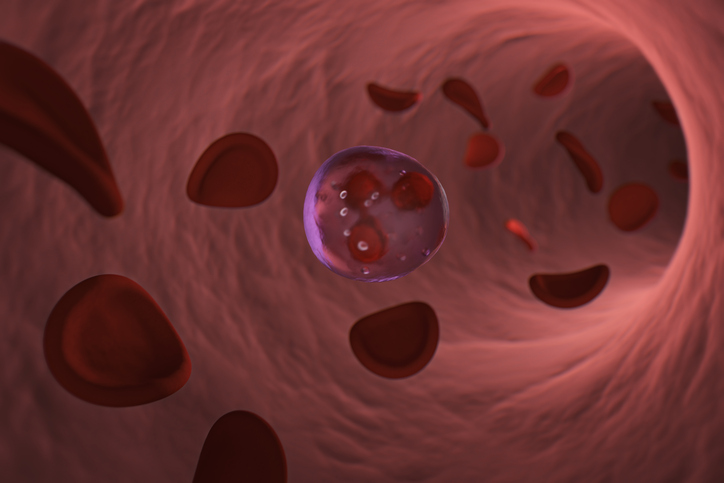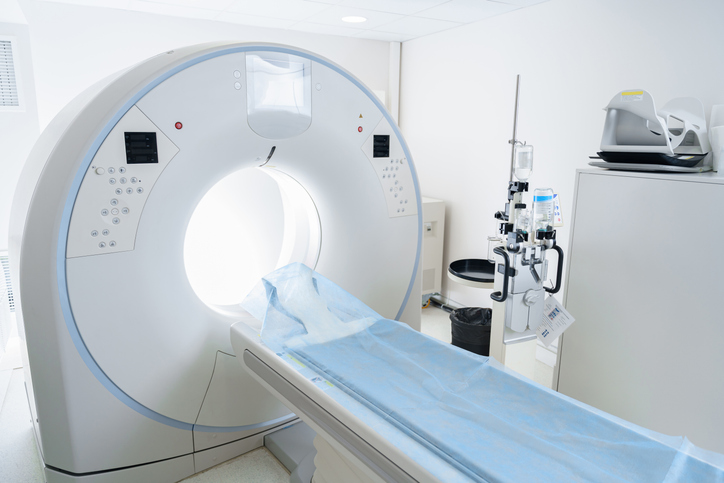
A study led by the Mayo Clinic found that an early sign of cardiovascular disease could also indicate one’s risk of developing cancer. Specifically, the team found that microvascular endothelial dysfunction was associated with a cancer risk that is over double that of the norm. This study, involving nearly 500 cardiac patient cases that were followed for up to 12 years, was published in the European Journal of Preventive Cardiology.
These findings indicate that microvascular endothelial dysfunction could serve as a clinically useful indicator for predicting a patient’s risk of developing a solid-tumor cancer, as per senior author Amir Lerman, MD, a Mayo Clinic cardiologist.
“The study demonstrated that noninvasive vascular function assessment may predict the future development of cancer,” explained Lerman, who also serves as the director of cardiovascular research at Mayo Clinic. “More studies are needed, but assessment of vascular function potentially may predict individuals at risk.”
Microvascular endothelial dysfunction is a condition characterized by damage to the walls of small arteries in the heart. This impacts these arteries’ ability to expand, limiting the amount of oxygenated blood that can flow through them. High blood pressure (hypertension) and cholesterol, obesity, and diabetes are among some of the chief causes of microvascular endothelial dysfunction, and primary symptoms of the condition include chest pain. Although it is treatable, this condition is particularly difficult to detect in patients.
Background of the Mayo Clinic Study
The researchers reviewed 488 cases of patients who received a microvascular endothelial function assessment at Mayo Clinic between 2006 and 2014. This noninvasive procedure, reactive hyperemia peripheral arterial tonometry, measures a patient’s blood flow to the fingers while a blood pressure cuff is inflated and deflated.
The team defined dysfunction as a tonometry index of 2 or lower and followed up patients at a median of six years. 221 patients met the criteria for dysfunction, with 9.5% being diagnosed with a solid-tumor cancer in the follow-up period. In the patients with a tonometry index above 2, on the other hand, only 3.7% had this cancer. These results remained consistent after adjusting for age, gender, coronary artery disease, and other factors.
Although it was independent, this correlation between cancer and microvascular endothelial dysfunction was more prominent in men and those with hypertension, significant coronary artery disease, smoking, and obesity.
“This abnormal vasoreactivity should alert clinicians not only to the risk of cardiovascular disease but to malignancy, as well,” Lerman said. “This risk prediction appears to precede the development of disease by more than five years.”
Those with microvascular endothelial dysfunction typically have other comorbidities as well. The researchers claim that this could have brought more medical attention to these patients, leading to higher rates of cancer detection among this population. Further research is needed to determine whether an improvement in dysfunction would correlate to reduced risks of cardiovascular disease and cancer.
“Similarly, the mechanism underlying the association between microvascular endothelial dysfunction and cancer needs to be defined in future studies,” Lerman concluded.
Microvascular endothelial dysfunction is a common early sign of cardiovascular disease, and a study led by Mayo Clinic researchers says that it’s also associated with a greater than twofold risk of solid-tumor #cancer. https://t.co/DobmKsYRD3 #heart
— Mayo Clinic (@MayoClinic) October 31, 2019







 © 2025 Mashup Media, LLC, a Formedics Property. All Rights Reserved.
© 2025 Mashup Media, LLC, a Formedics Property. All Rights Reserved.